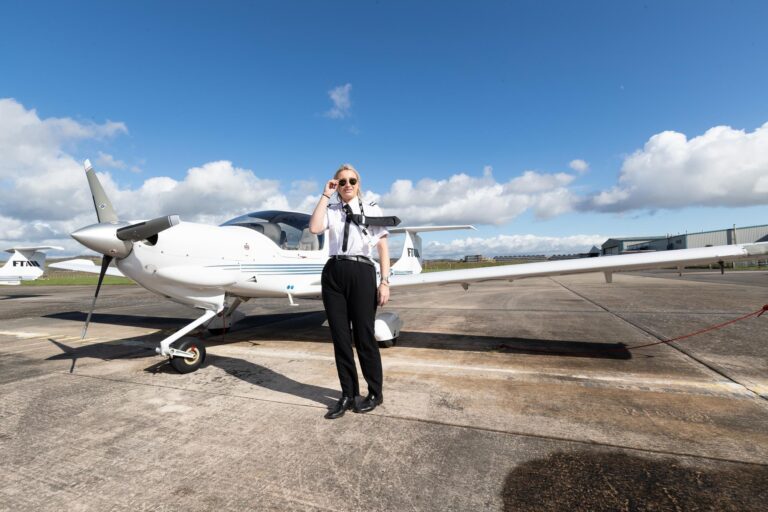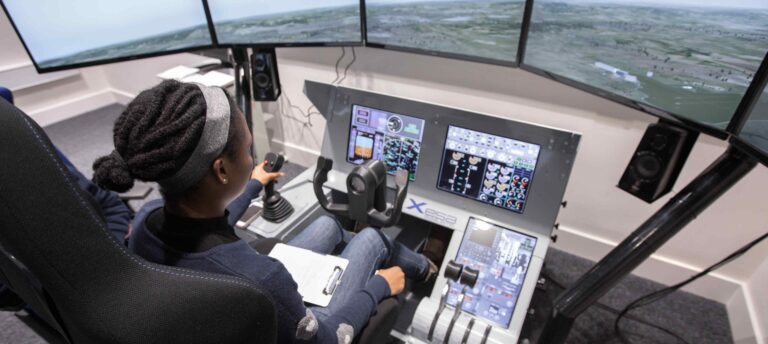
Excelling in Pilot Assessments: A Pathway to Success with Flying Artwork LTD.
FA is committed to assisting prospective pilots like you in becoming successful members of the aviation community. Our course on Pilot Assessment Preparation is intended
Flying Artwork is excited to introduce our Instrument Rating (IR) course, designed to elevate the skills of pilots seeking proficiency in flying solely by reference to instruments. Our comprehensive training program is accredited by both the UK Civil Aviation Authority (CAA) and the European Aviation Safety Agency (EASA), ensuring the highest standards of education. Whether you’re an aspiring pilot looking to enhance your qualifications or a seasoned aviator aiming to sharpen your instrument flying abilities, Flying Artwork stands as the top choice for achieving and maintaining your Instrument Rating.
What is IR (a)?
The Instrument Rating (IR) in aviation pertains to the certification that enables a pilot to operate an aircraft solely based on instrument readings within the cockpit, rather than relying on visual cues outside the aircraft.
To acquire an Instrument Rating, pilots are required to undergo comprehensive training that focuses on the following areas:
Upon completion of the training mandated by the UK-CAA and EASA, pilots must successfully pass both a knowledge exam and a practical flight testadministered by an FAA-designated pilot examiner to obtain their Instrument Rating.This rating grants pilots the authority to operate an aircraft in Instrument Meteorological Conditions (IMC) where they would otherwise be prohibited by law.
What’s included
Course entry requirements
Practical examination
Your practical examination will be done with an examiner and you will need to demonstrate your ability to:

FA is committed to assisting prospective pilots like you in becoming successful members of the aviation community. Our course on Pilot Assessment Preparation is intended

Our area of expertise is thorough pilot training. You and other aspiring aviators deserve every chance to succeed. We provide Pilot Psychometric Test Preparation as